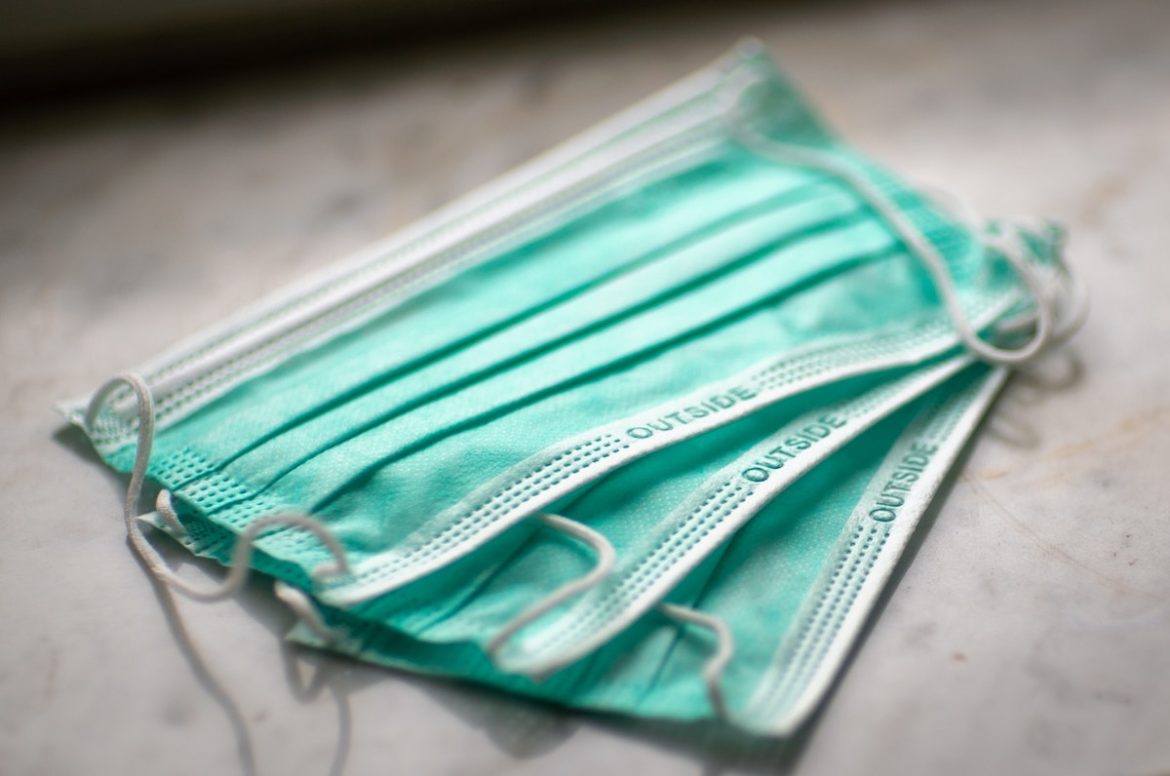2020 in Retrospect
It was the end of February 2020 and the news about the novel coronavirus was beginning to saturate the airwaves and social media platforms. I began to think, “We’re not going to escape this threat without some serious changes in our collective personal and social attitudes.” It didn’t look like science or our leaders were going to magically fix this problem, and the frightening prospect was that our lives were going to significantly change. Maybe forever. We didn’t know how long it would be until things returned to normal.
This was before the death count reached into the tens of thousands and before we were all advised to stay home. By mid-March, the grocery shelves were now empty of basic items, especially toilet paper. Important assets like hand sanitizer disappeared completely. It was like one of those disaster movies, but this was real. Local governments, led by the recommendations of health agencies, began to shut down certain business that catered to customers in close proximity, especially enclosed environments. A relentless wave of caution leading to fear began to engulf the nation and my South Miami community. No more socializing with friends, no more dining out, no more movies, no more a lot of things.
How We Adapted
Following the CDC guidelines and local recommendations, South Miami Recovery – like other businesses – was faced with either shutting its doors to their outpatient clients or finding an acceptable alternative to treat substance abuse issues. One of the most important aspects of treating substance abuse is the one-on-one and group experience. Now, with the newly named COVID-19 virus threat, that was no longer an option.
Along with the program’s limitations, most (if not all) alcohol and substance abuse support groups also stopped meeting. This left a very vulnerable population isolated and without support.
South Miami Recovery quickly transitioned all its operations and client activities to a telehealth platform with continuing individual, group and family sessions now on Zoom. This was not an ideal solution, but one that complied with all the safety issues and provided much-needed support for each client.
The summer didn’t bring much relief; in fact I don’t remember a hotter July and August. There were some moments of hope as restrictions began to ease up and restaurants allowed a few customers in. By now it was a habit to hang my facemask on my chin so I could quickly put it over my face when around others. Social distancing was standardized in all stores, with signs and floor markings of where you should be standing as to not get too close to someone else. As the summer heated up, restrictions went up and down again, depending on either heath agency guidelines or political persuasion.
Returning to “Normal”
At the end of August, South Miami Recovery made a decision to open up some of the groups and individual sessions again. Recognizing the difficulty recovering individuals have in isolation and needing personal attention, South Miami Recovery cautiously and prudently using all health agency guidelines started day outpatient groups again. All group activities can only support up to eight clients, sitting six feet apart and wearing protective masks. Clients are screened for COVID-19 history, signs of any illness and temperature prior to attendance. Also, all contact surfaces are cleaned after each class.
At this time, mid-September, all has worked out well. Day outpatient has had no problems, clients report feeling more connected and there have been no signs of client or staff having infections. Starting in October, South Miami Recovery will reopen its evening outpatient with the same precautions.
It looks like until there’s a vaccine, this will be the new normal.
